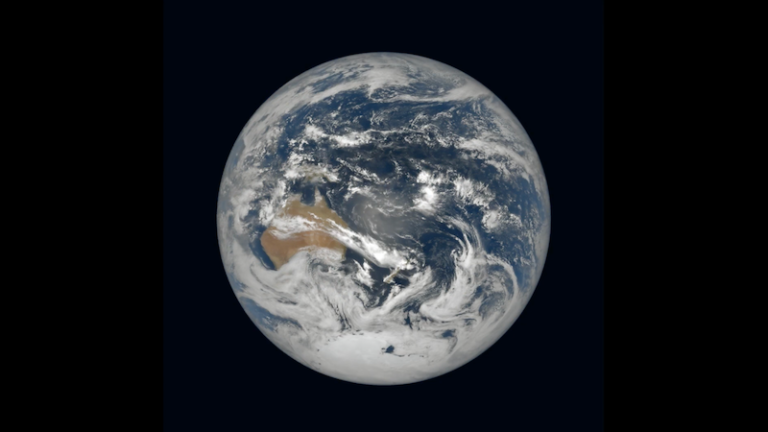Blue Marble: 50 years on reveals the past and hints the future of Earth
14 December 2022
In partnership with Planetary Visions and NASA, Living Earth Orchestra has released unique time-lapse pictures and videos, compiled from satellites, to show how the planet has changed since Apollo 17 in 1972. The project involves Emeritus Professor Jan-Peter Muller (MSSL).

Since 1972, billions have been stunned by fragile beauty of our planetary home seen from space — the image of a blue-tinged globe, continents washed by Earth’s oceans and wreathed in cloud patterns. It was named “Blue Marble”. This will be revisited with unique contemporary videos that will remind Earth’s citizens and institutions of the fragile wonder of our planet. It opens a new potential for Earth observation and planetary stewardship. It will initiate a new capability for concerned citizens and organisations.
Together with NASA, fifty years on from the first whole Earth iconic image that so excited the world, unique new image sources have been released for the anniversary. During humanity’s last visit to the Moon, on 7th December 1972, Apollo 17 astronauts witnessed and photographed a rare occurrence: the whole Earth planet in full sunlight. Their ‘Blue Marble’ image still resonates today. Since then, both the Earth and technology have changed significantly. We can image the whole planet simultaneously over a huge range of scales and see it in timely ways. We can view changes that have occurred. We can begin to see possible futures.
Living Earth Orchestra (LEO) will celebrate this 50th anniversary using NASA-gifted unique time-lapse images from EPIC and other satellite feeds. The micro-documentary, produced in partnership with Planetary Visions, is intended to show the Earth as it was, as it has changed, and as it is now. LEO was founded to make the state of the Earth visible at global and local scale. This will empower individuals, NGOs, institutions, and agencies, including investigative journalism. The unique and vital feature will be information of the moment everywhere. It builds on prior LEO projects in 1992 and 2002.
According to LEO Chief Scientist, Dr Jan-Peter Muller, Emeritus Professor of Image Understanding and Remote Sensing at UCL, “It has taken many years to bring together the necessary technology. Working with NASA, we can now realise this new vision. We reveal both the wonder of and damage to the Earth’s ecosystems. When you see what is happening, it is a compelling wake-up call. We believe this is a vital new tool for all those concerned and responsible.”
Links
Image
- The Blue Marble now: 50 years on. Credit: Living Earth Orchestra
Media contact
For further information, please contact:
Prof Jan-Peter Muller
media@livingearthorchestra.com
 Close
Close

